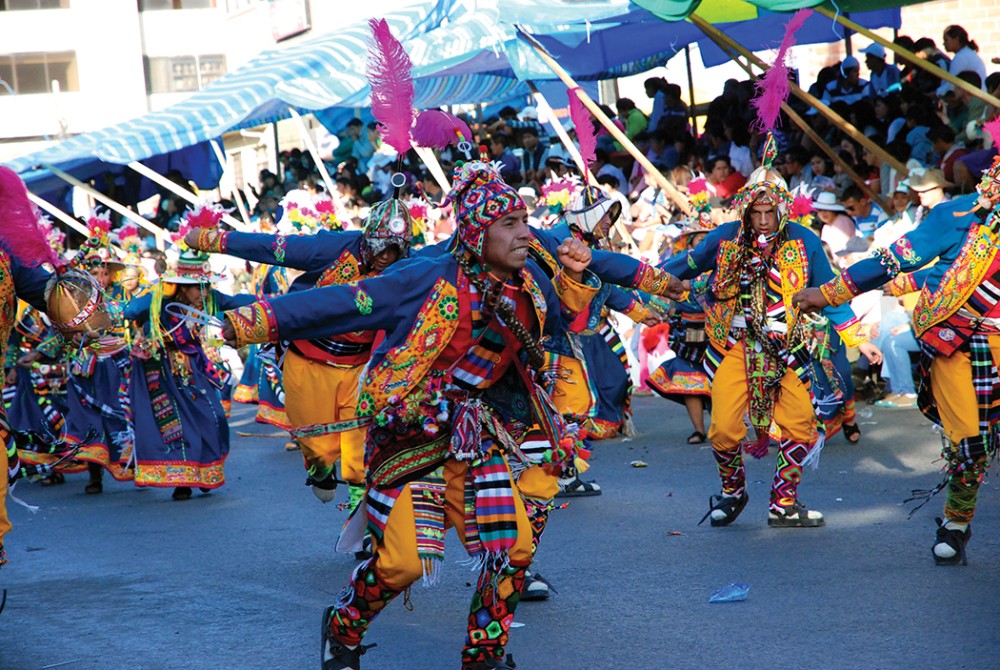The distinctive faith of South America's Quechua Catholics
Ten million people still speak the language of the Inca empire and identify with its culture. Most of them are Christians.

Accounts of the European encounter with the New World in the 16th century usually focus on the Spanish conquest of the Aztec kingdom in Mexico. We easily forget that the largest state in the Western hemisphere at this time was the Inca empire based in what is now called Peru, which the Spanish conquered in the 1530s. Along with Mexico City, Lima was the mighty center of Hapsburg imperial rule in the New World.
Although Western conquistadors annexed the Inca realm, its peoples were neither destroyed nor scattered, and they continue to flourish today. They also retain many ancient beliefs, in ways that raise questions about the definitions of faith and the limits of Christian orthodoxy.
The Inca empire used the Quechua language, which is still widely spoken in Bolivia, Peru, and Ecuador. Many millions in those countries claim some descent from those ancient peoples, but some 10 million identify principally as Quechua and follow its culture. (The related Aymara people are about 2 million strong.) The great majority of these people define themselves as staunchly Catholic, although Pentecostal and evangelical Christianity have made major inroads in recent decades. Catholic believers were delighted when Pope Francis used a Quechua greeting on his 2015 visit to Bolivia.





